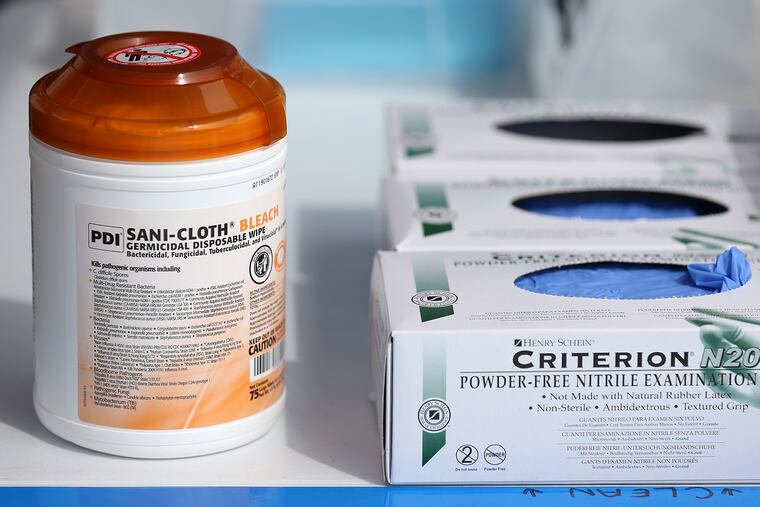Urgent care saved my butt, but it may cost society more | Patient Perspective
Urgent care is a subway stop between the ER and the primary doctor’s office, but it’s unclear whether urgent care’s savings are materializing.

Urgent care is a subway stop between the ER and the primary doctor’s office, but it’s unclear whether urgent care’s savings are materializing.
